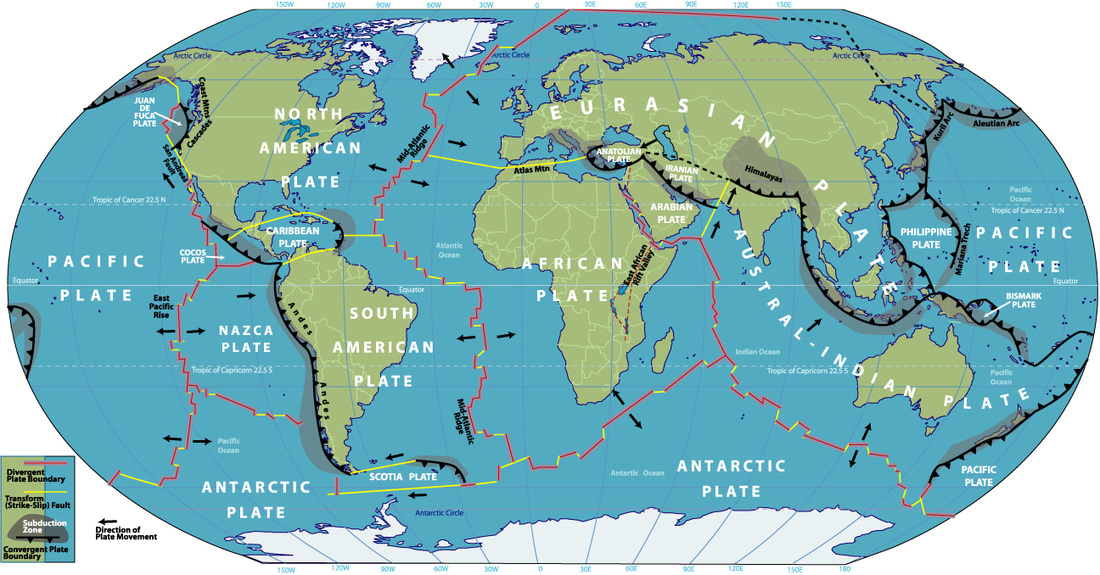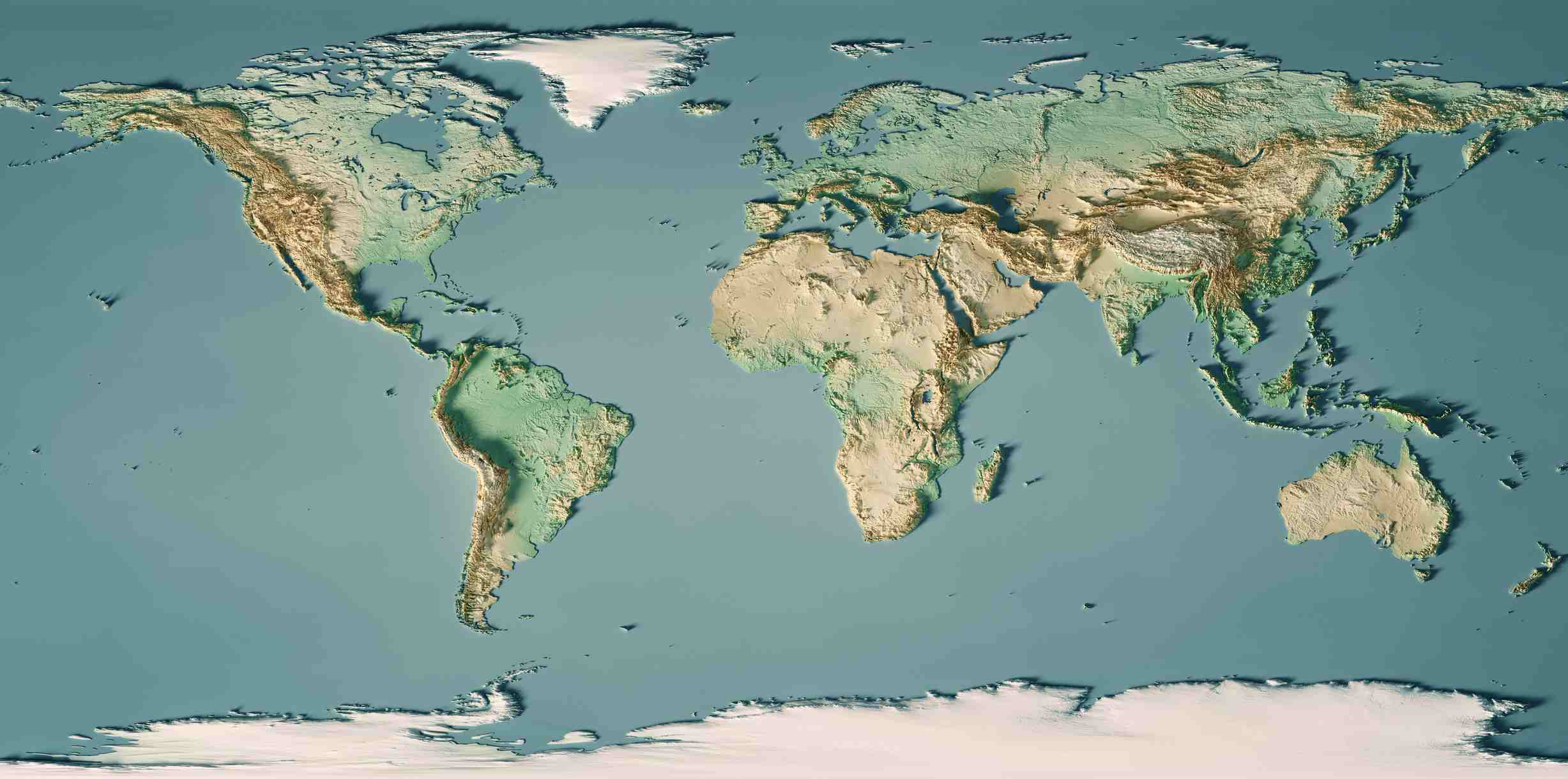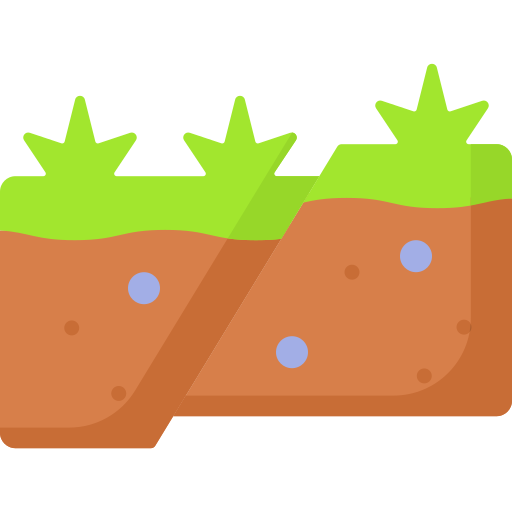Home > Sections > Earth > Plate Tectonics
Last Updated: 14th June 2023
ARCHIVED ITEM: this page is no longer updated.
Plate Tectonics
Keywords
Tectonic plates, shift, crust, mantle, Pangaea, Pangea, divergent, convergent.
Introduction
The way the Earth is made up, we know that there are layers. If you were to slice it down the middle like an apple, you would see the cores, mantle and crust. When you reach the crust, it does some amazing feat of moving things around.
But, how?
Tectonic Plates
When the Earth was very young, there was just one large continent/country. We called it Pangaea (also spelled Pangea). It was a supercontinent, and every lifeform that was around then, lived around it. Surrounding it was a global ocean called Panthalassa. We are talking around the time of 299 to 273 million years ago.
So, how do we go from there, to what we have today? Well, originally, it was thought that it was simply continental drift, and they moved apart through the power of the ocean. But this wasn't strictly true.
While they moved (and still do to this day) apart, it was due to plate tectonics. This basically means that they move apart in ocean ridges, and come together at other points. Where they move apart, also called being divergent, they create new land that is very hot.
If you take a look at Iceland, it is constantly growing, because it lies on a plate tectonic that moves apart. There is constant eruption of volcanic activity there that cools and creates new land areas.
In opposite of that, because the crust moves together, this being called convergent, it can go one of two ways. It can create mountainous ranges, or it can move under one another. Imagine two sheets of paper on a table. You move one toward the other, and one has to give way. It's either going to move above or below the other sheet of paper, creating the effect of a tectonic plate.
Interesting fact: there are three types of plate boundary. The third is called a transform fault. The plates move in opposite but parallel directions along a fracture. They slide past one another.
Here is a YouTube video from Simple Geography about plate tectonics:
But, Why?
Well, for one, it regenerates the land on the planet. Where it breaks apart and creates new land (Iceland), it can create new life once cooled.
Also, it's a way that the Earth is constantly moving and evolving. Without this there would be no volcanic activity, mountain ranges and other phenomenon.
Put this into perspective. There is a strong theory that the Scottish Highlands were once also part of the Appalachian Mountain range in North America. If you look at a mountain world map, you can see the correlation in respect to the shift pattern of plate tectonics.




 Earth
Earth Earth's Structure
Earth's Structure


